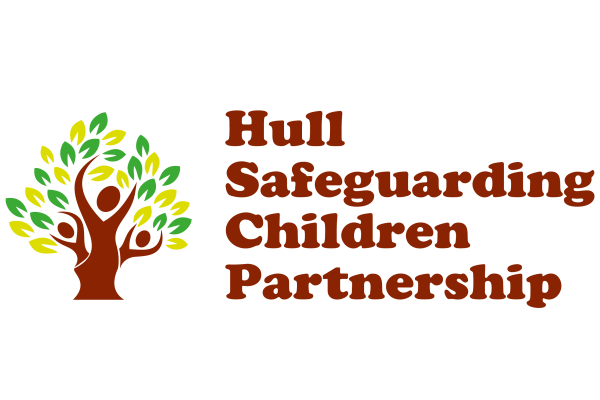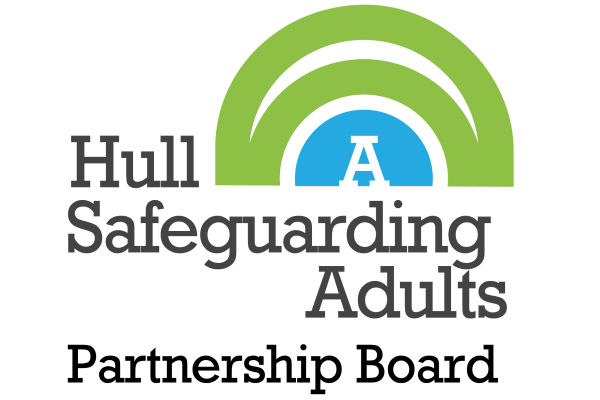Hull City Council Information on Safeguarding
Hull Safeguarding Adults Partnership Board
Information on Safeguarding From Hull City Council(opens in new window)
Safeguarding Practices At Choices & Rights Hull & East Riding
Choices and Rights Disability Coalition (CARDC) are an organisation run and controlled exclusively by disabled people in the Hull and East Riding area. One of our key roles is to support disabled people and their families to employ Personal Assistants, so they can live independent lives.
CHOICES & RIGHTS DISABILITY COALITION
Company number 03982194
Private Limited Company by guarantee without share capital use of ‘Limited’ exemption
CHOICES & RIGHTS DISABILITY COALITION
Charity no. 1106462
Charitable objects
The relief of people with disabilities.
- by enabling people with disabilities to control their own lives through the provision of facilities, services, support, and lawful means;
- by enabling people with disabilities to participate fully in society on equal terms with all other members of society.
|
Choices And Rights Disability Coalition recognises that we have a responsibility in the protection of adults with care and support needs. We aim to understand and recognise signs of abuse and follow guidelines and procedures in the reporting of suspected abuse of adults with care and support needs. Choices and Rights has a responsibility to protect and safeguard the welfare of Adults they come into contact with. The need for guidelines and procedures is important to ensure that this is done with understanding and clarity.
The person with lead responsibility for safeguarding within the organisation is: the manager – Mark Baggley.
All Trustees, staff and volunteers should be made aware of this policy and be able to demonstrate an understanding of their responsibilities for safeguarding and promoting the welfare of Adults, including how to respond to any Adult Safeguarding concerns and how to make a referral to local authority Adults Safeguarding Team or the police if necessary. The Safeguarding Adults Policy has been disseminated to all Trustees, staff and volunteers and is held on Choices and Rights server.
|
| Contents |
3a Adults with care and support needs 3b Types of abuse 3c Predisposing factors 4. Procedure on reporting suspected abuse or neglect 5. Action to be taken 6. Flow chart of action to be followed if someone discloses/reports suspected abuse of an adult with care and support needs
|
| Responsibility of Agencies
|
|
All agencies working with adults with care and support needs have responsibilities, either statutory (Social Services, NHS Trust and the Police) or contractually (the independent sector) or have a duty of care (the voluntary sector).
The adult safeguarding duties apply to an adult who:
When working with adults with care and support needs the six safeguarding principles should be followed which will ensure the person is at the centre of any actions or decisions at every stage. The six safeguarding principles are:
“I am asked what I want as the outcomes from the safeguarding process, and these directly inform what happens.”
“I receive clear and simple information about what abuse is, how to recognise the signs and what I can do to seek help.”
“I am sure that the professionals will work in my interest, as I see them, and they will only get involved as much as needed.”
“I get help and support to report abuse and neglect. I get help so that I can take part in the safeguarding process to the extent I want.”
“I know that staff treat any personal and sensitive information in confidence, only sharing what is helpful and necessary. I am confident that professionals will work together and with me to get the best result for me.”
“I understand the role of everyone involved in my life and so do they.”
|
| 3. Definitions: |
|
3a. Adult with care and support needs An adult with care and support needs may be
An older person, A person with a physical or learning disability or a sensory impairment, Someone with mental health needs, including dementia or a personality disorder, A person with a long-term health condition, Someone who misuses substances or alcohol to the extent that it affects their ability to manage day-to-day living, A carer, providing unpaid care to a family member or friend.
3b. Types of abuse and neglect This section considers the different types and patterns of abuse and neglect and the different circumstances in which they may take place. This is not an exhaustive list but a guide to different types of abuse and the sort of behaviour which could give rise to a safeguarding concern. Abuse and neglect includes:
Incidents of abuse may be one-off or multiple and affect one person or more. Professionals and others should look beyond single incidents or individuals to identify patterns of harm, just as the Clinical Commissioning Group, as the regulator of service quality, does when it looks at the quality of care in health and care services. Repeated instances of poor care may be an indication of more serious problems and of what we now describe as organisational abuse. In order to see these patterns, it is important that information is recorded and appropriately shared
3c Predisposing Factors Abuse occurs for many reasons and the causes are not always understood. Some risk factors have been identified, to include:
Patterns of abuse vary greatly, and may include the following:
|
| 4. Choices And Rights Disability Coalition procedure on reporting suspected abuse or neglect |
|
All staff have a duty to recognise abusive situations and should report concerns to their relevant manager, to allow a discussion to take place around whether a safeguarding referral should be made and by whom. The first priority is to ensure the safety and protection of adult with care and support needs. It is the responsibility of all staff to act on any suspicion or evidence of abuse or neglect and to pass on concerns.
Staff should;
If a member of staff at Choices and Rights Disability Coalition suspects or is informed of an incident or incidents of adult abuse, they should consult with the office manager, Mark Baggley, and decide whether a referral be made to the Police or Social Services. Dependant on the circumstances there may be issues about the adult consenting to a referral and what to do if the person does not consent. If unsure, staff should discuss with their line manager, who should consult with the Safeguarding Team for advice. Advice maybe sought without giving any details of the person that would breach confidentiality.
The person making the referral should gain as much information as possible using the alerter form and follow up any verbal referrals in writing. The referring agency will be informed as to the decision and outcome of the referral.
|
Our Documents:
Download full copy of Safeguarding policy ADULTS
Download Full Copy of Safeguarding policy children

